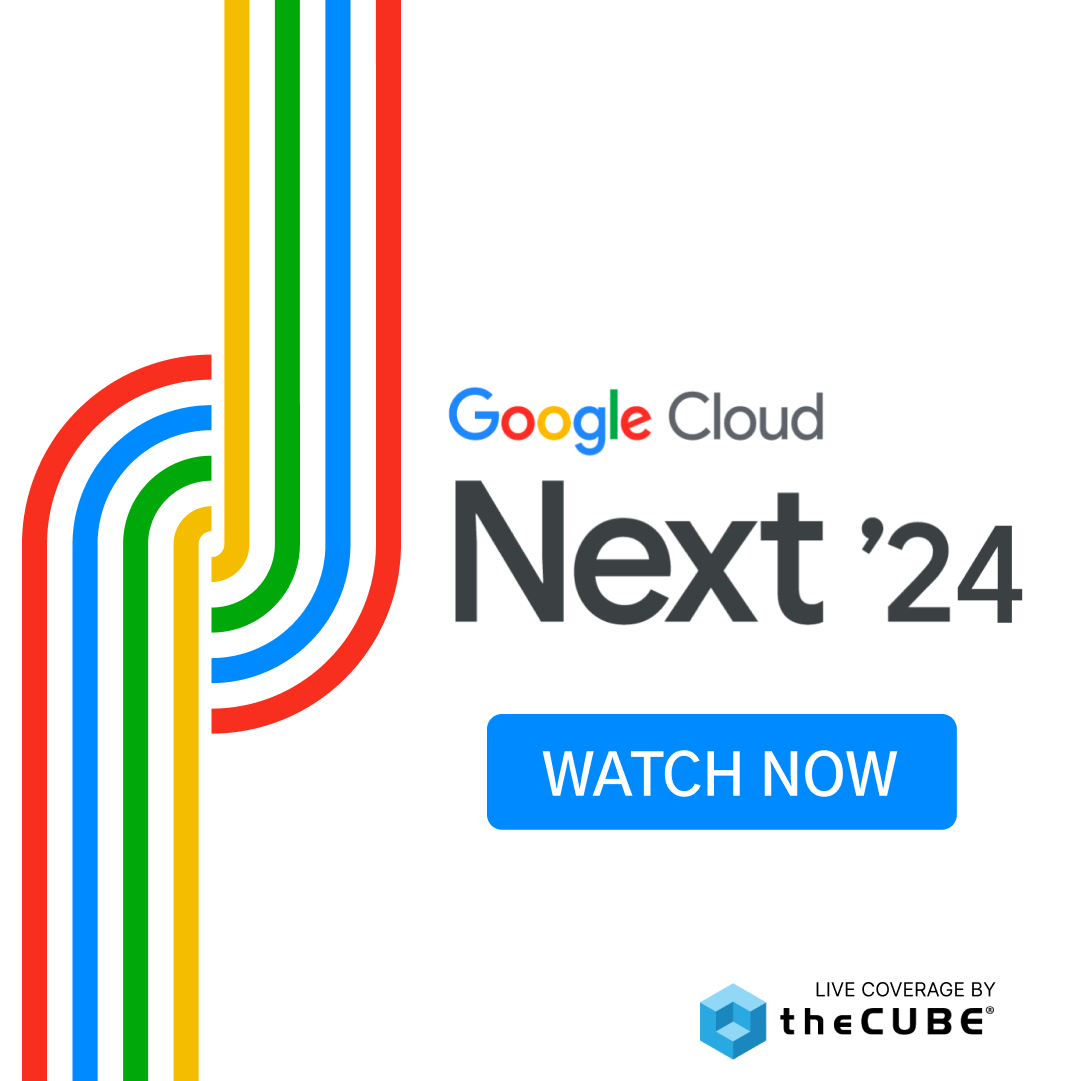What’s left to conquer in OpenStack distros? Piston Cloud reaches “boring phase” | #OpenStackSV
![]() “We’ve conquered everything there was to conquer,” said Joshua McKenty, co-founder and CTO of Piston Cloud Computing. Now, Piston Cloud is “down to the day-to-day tasks of helping people with infrastructure.” To talk OpenStack maturation, cloud strategy, and partner ecosystem, McKenty sat down with theCUBE’s John Furrier at the OpenStack Silicon Valley conference this week.
“We’ve conquered everything there was to conquer,” said Joshua McKenty, co-founder and CTO of Piston Cloud Computing. Now, Piston Cloud is “down to the day-to-day tasks of helping people with infrastructure.” To talk OpenStack maturation, cloud strategy, and partner ecosystem, McKenty sat down with theCUBE’s John Furrier at the OpenStack Silicon Valley conference this week.
OpenStack is “not a teenager,”McKenty quipped, but a student at college that is “remembering to do [its] own laundry.” In a recent board meeting, McKenty relayed a conversation in which OpenStack executives discussed product management, trying to figure out whether the company itself or its vendors should provide resources for those types of projects. Technical committees, he said, have stepped up to focus on the collaboration between products are are looking for ways to open up the release cycle. All these developments, McKenty explained, are positive “signs of maturation.”
A bustling ecosystem
Citing several acquisitions in the past year, including Hewlett-Packard, Co.’s acquisition of Eucalyptus Systems, Inc. and Red Hat, Inc.’s acquisition of eNovance SAS, McKenty predicted that the consolidation trend within the OpenStack ecosystem will continue. He explained that the right number of OpenStack distributions comes directly from the market. “When customers can’t tell the difference between Piston-OpenStack and a cloud-scaling compute system,” McKenty said, “is the point at which we should probably just buy cloud scaling.” But because the two technologies have differing value propositions and meet different needs, McKenty made clear that it’s not happening yet.
Companies like OpenStack are in a place in which “the rate of feature development is now way, way faster than the coverage,” said McKenty. OpenStack is focused on the daily grind: delivering to customers.
McKenty clarified that for a cloud solution to be an OpenStack one, there is “a narrow, small core set of APIs.” Those APIs, he said, “work extremely well.” OpenStack can explain to the market, “here are the things you can expect an OpensStack cloud to do, and to do really well,” but also acknowledge that “mileage may vary” depending on what vendors decide to offer.
Read more after the video.
Where are the little guys?
Addressing the role of “the little guy” in the marketplace, McKenty predicted that the days of “hyper growth,” “get rich quick,” start ups will soon fade. He expressed his belief that revenue from professional services may dry up soon as companies shift over to using “mature products.”
Where he does see room for “the little guy” is in helping behemoth organizations keep up with the rate of innovation, advising them to adopt new business practices and new tools.
“Revenue is the best funding.”
McKenty isn’t worried about funding, he said, because his company is bringing in revenue. When a company is three-to-four years old, said McKenty, “you better have some revenue. If you haven’t figured out how to get people to pay you, maybe you’re not doing anything important.” Four years into OpenStack and almost four years into Piston Cloud, McKenty said “we’re in the boring phase” because there’s no explosive announcements, but are generating revenue.
McKenty’s “hockey stick” moment in which the company’s trajectory is visible, he said, is already happening. The big pull for his company has been application development. Their partnership with Pivotal Software, Inc., has been solid according to McKenty: “They’re still the preferred mechanism for running OpenStack under CloudFoundry.”
Their largest and most revenue-producing clients are using OpenStack that way, he said, because it helps developers and IT create and run apps. “The rest,” he said, “is all just noise.”
Figuring out who and how to sell
Part of getting paid means selling to the right people. Because traditional IT is not designed to deal with the pace of change, “you don’t have to sell the CIO on OpenStack.” The rapid rate of innovation has changed the way businesses operate. McKenty explained that not only can “most application development teams are allowed to buy whatever they want,” but “marketing organizations can buy their own infrastructure.”
To facilitate buyer conversations, McKenty said that Piston Cloud Computing had recently created a True Cost to Own calculator. It compares “your AWS bill to the cost of building and running a private cloud — including everything — on Piston OpenStack.” In short, McKenty said, it allows his company to say, “If you’re spending $20,000 a month on AWS, you’re spending too much. You can do this cheaper in house.”
photo credit: drubuntu via photopin cc
A message from John Furrier, co-founder of SiliconANGLE:
Your vote of support is important to us and it helps us keep the content FREE.
One click below supports our mission to provide free, deep, and relevant content.
Join our community on YouTube
Join the community that includes more than 15,000 #CubeAlumni experts, including Amazon.com CEO Andy Jassy, Dell Technologies founder and CEO Michael Dell, Intel CEO Pat Gelsinger, and many more luminaries and experts.
THANK YOU









